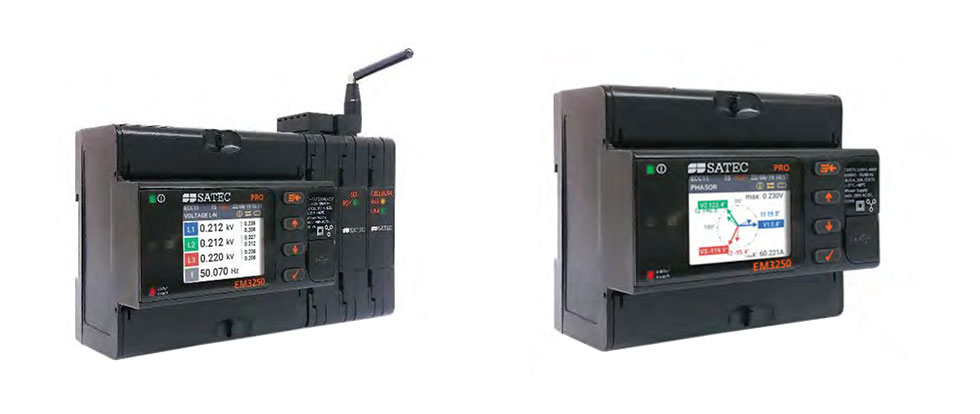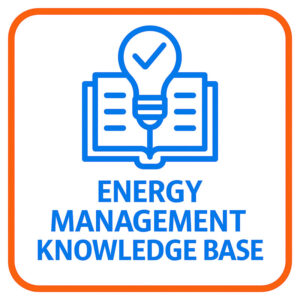Battery Energy Storage Systems (BESS) are becoming an important component in the modern electric network. These systems are often combined on-site with renewable energy sources for storing energy during peak production or low demand, and releasing the stored energy during peak demand.
Taiwan Power Company (Taipower) designed a BESS system, implemented at a distribution-substation level, in order to balance supply in local distribution networks. This is achieved by using the BESS to offset deviations in frequency, which also indicate surges or swells in the supply of energy.
In this case, these BESS are stored in containers (fig.1), featuring between 1MW to 2MW capacity.

TPC Requirements for Frequency Stability
Taipower has set forth regulations for this kind of power auxiliary service: the monitoring system must poll the grid frequency ten times (or more) per second. The polled data is to be communicated over IEC 61850 protocol, which is becoming Taipower’s standard communication platform.
The acceptable frequency range is set at 59.98-60.02Hz, referred to as the deadband.

BESS as a Stabilising System
When frequency drops below 59.98Hz, indicating a minor power storage, the AFC system kicks in, augmenting the substation power supply with the BESS. Between 59.98 – 59.75Hz, the system introduces 9-48% of the BESS capacity (DC to AC). When frequency dips below 59.50Hz, indicating a more significant power shortage, the BESS will provide total energy output (fig. 2). The designated capacity percentage (“setpoint”, see fig. 4) is reached within one second.
Conversely, when the frequency exceeds 60.02Hz, indicating overproduction, the power is diverted (AC to DC) to charge the BESS.
Hsiang Cheng Engineering (HCE) is among Taiwan’s largest system integrators, frequently commissioned by Taiwan Power Company (Taipower). Specialising in power systems and in IEC 61850 topology. HCE sought out to design the required platform for metering and control of this system. Being familiar with SATEC and the PRO Series power meters’ capabilities, HCE selected the PRO Series as backbone for this design.

Metering, Communication & Control
The substations implementing BESS are based on IEC 61850 topology for communication. To answer the above requirements, Hsiang Cheng Engineering designed a solution based on SATEC’s PM335 PRO meter. Featuring frequency resolutions of 0.001Hz, it is used to sample frequency every 20ms and communicate a calculation of the average value of 4 such samples every 100ms, per system requirements, with accuracy exceeding requirements.
SATEC then created an IEC 61850 logical node to host the value of the above calculation, available for communication also via GOOSE messaging.

SATEC Devices used in this Solution

PRO SERIES – ADVANCED POWER METERS
The PRO Series is SATEC’s cost effective line of power meters for advanced power monitoring applications. With waveform recording capabilities and 16GB of storage, it is a powerful power quality analyser and event recorder.
Featuring multiple protocols(IEC 61850, DNP3 and IEC 60875-5-101/104) and a dual port ethernet, it is the ultimate solution for power monitoring, meeting and exceeding the most current requirements in utility and industrial applications.



